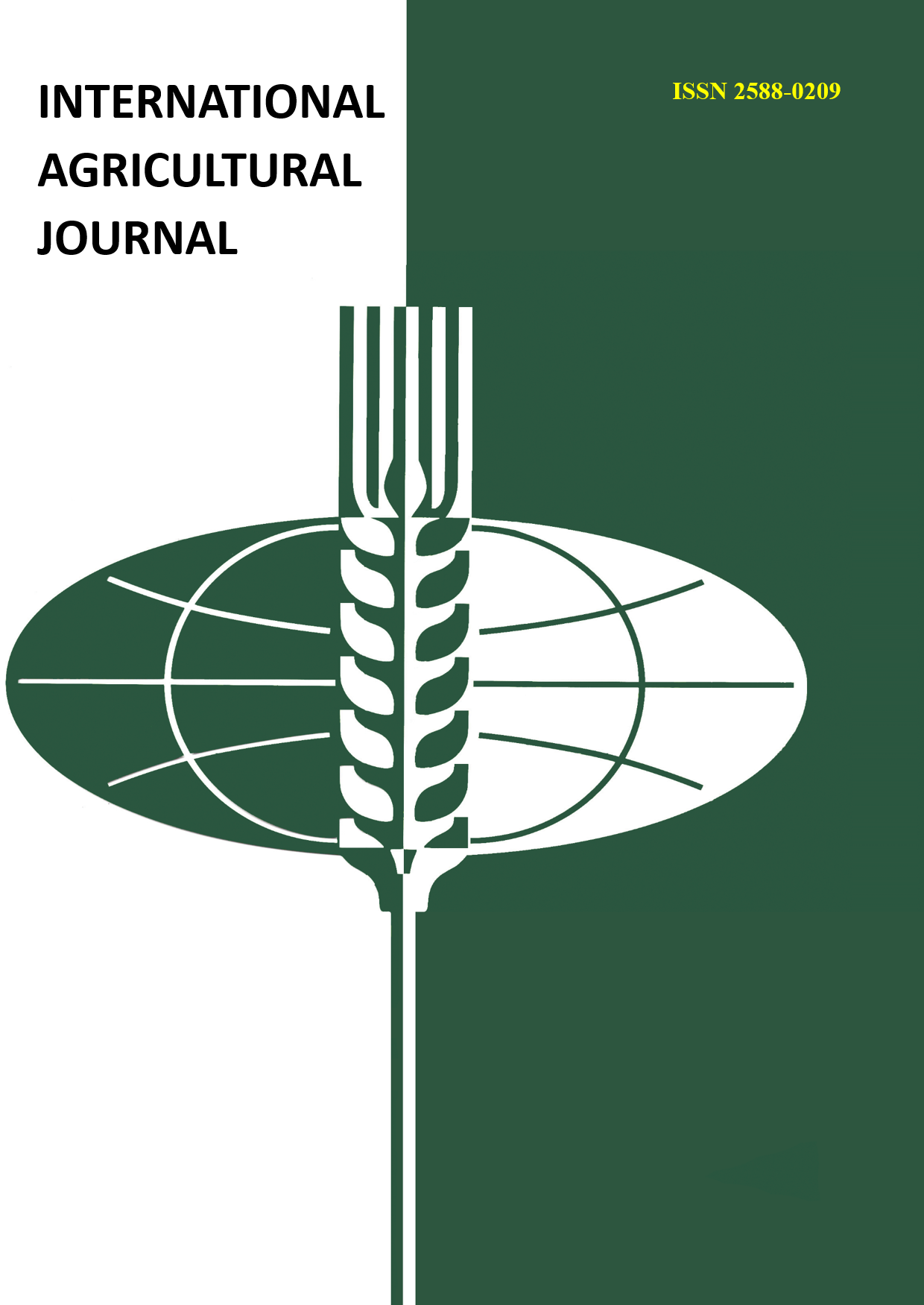Among the oil crops belonging to the Brassicaceae (Cruciferae) family, the oil of which is suitable for food purpose, false flax is of great interest. It has a short growing season, matures earlier than sunflower and rapeseed, and is harvested before the ripening of grain crops. False flax is the most resistant to pest damage, so the technology of this crop excludes the use of pesticides, which is very important in environmental terms. False flax oil is a source of unsaturated fatty acids, including oleic, linoleic, and linoleic acids; it is also promising for processing into 2d generation biofuel. New varieties with high levels of productivity and improved fatty acid composition of oil are needed to bring false flax to the fields. Three varieties were developed at the Siberian experimental station, a branch of V.S. Pustovoit All-Russian Research Institute of Oil Crops (VNIIMK): Isilkulets, Omich, and Kristall. The study of ecological stability and plasticity of varieties is an important stage in the ecological variety testing. The objects of the research were 3 varieties of Siberian experimental station’s breeding, 2 promising sample varieties of VNIIMK’s breeding and varieties from the VIR collection (Ekaterininsky and Uzhursky). The results of the studies revealed that according to the environment index, that the worst was 2018 (-1.96), and the best – 2020 (+1.87). In the studied set, the most stable in terms of indicators were the false flax varieties Krystall, Ekaterininsky, and the promising number 1171. The varieties with bi > 1were most responsive to improvement of growing conditions and demanding a higher level of agricultural technology: Omich (1.79), Isilkulets (1.65) and promising number 1165 (1.36).
ryzhik yarovoy, urozhaynost', maslichnost' semyan, sbor masla, ekologicheskaya plastichnost', ekologicheskaya stabil'nost'














